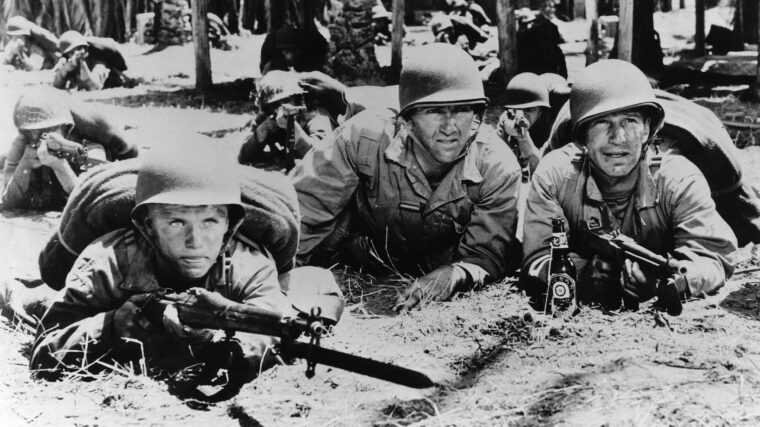
Latest Posts
Hollywood Goes Pacific
By John Wukovits“They’re machine gunning! They’re strafing the hospital! The beasts! The slimy beasts!”
“Pearl Harbor! Most of us didn’t know what it was, let alone where it was.” Read more
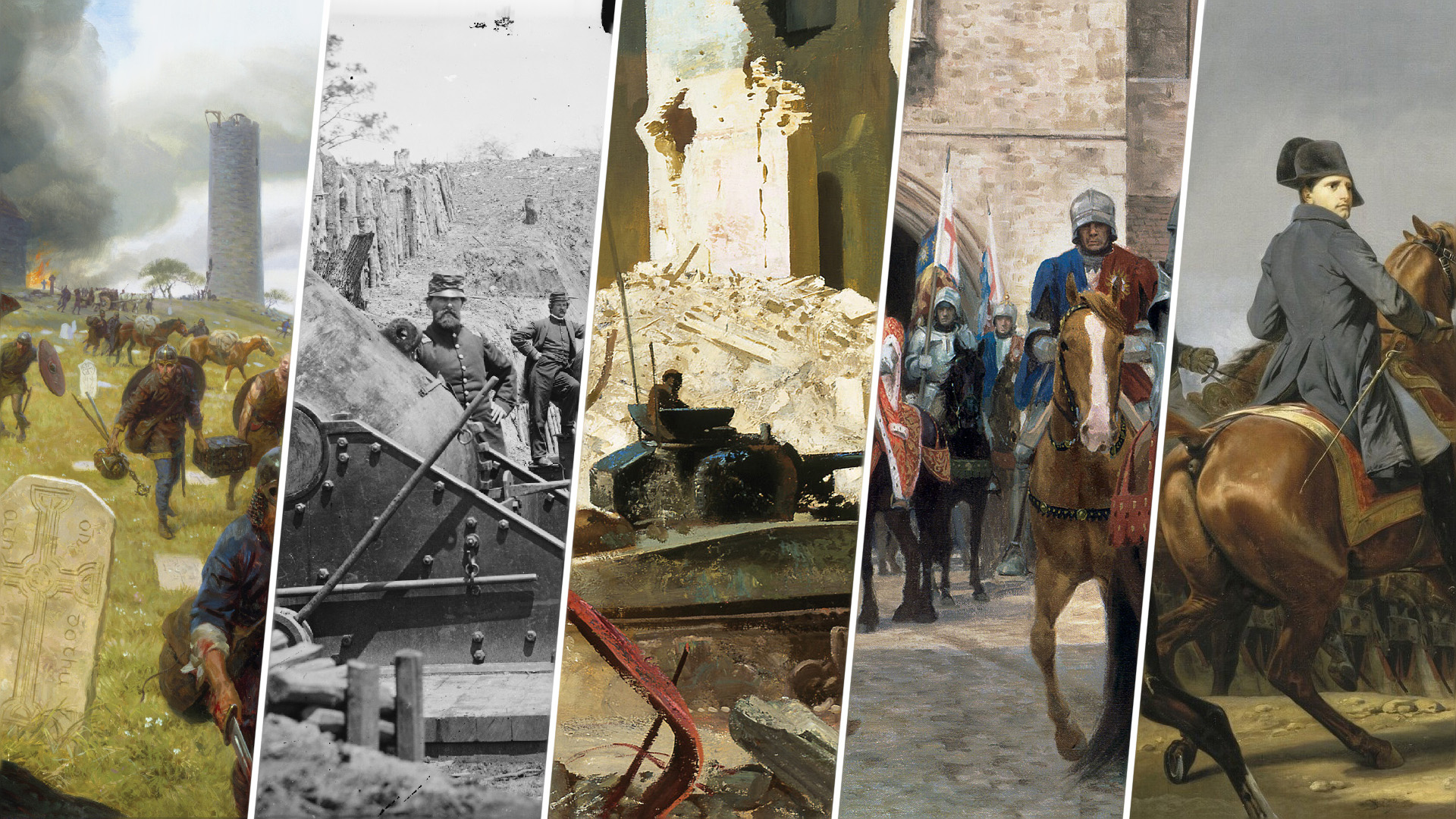

Latest Posts
“They’re machine gunning! They’re strafing the hospital! The beasts! The slimy beasts!”
“Pearl Harbor! Most of us didn’t know what it was, let alone where it was.” Read more
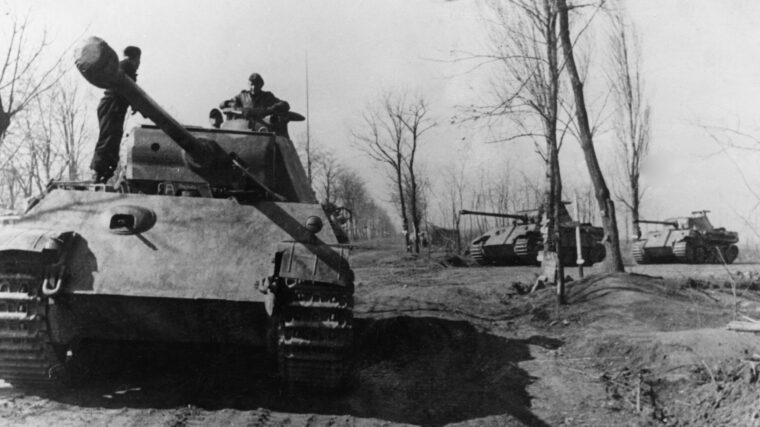
Latest Posts
By the end of April 1945, two of the most feared divisions of the Waffen-SS, the 1st SS Panzer Division Leibstandarte Adolf Hitler and the 12th SS Panzer Division Hitlerjugend, had both been reduced in strength to little more than reinforced regiments. Read more

Latest Posts
One of the world’s great military museums is also one of the newest: the National Museum of the Marine Corps (known as the “Marine House” by those who staff it), located just outside the Marine Corps base at Quantico, Virginia––about 40 miles south of Washington, D.C. Read more
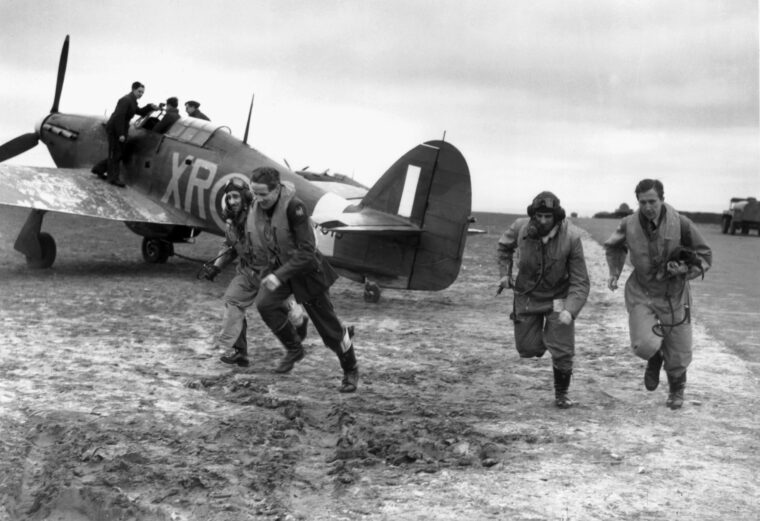
Latest Posts
Welcome to this, our fourth issue! We have packed it like a seabag or field pack with features we are sure you will find of interest. Read more
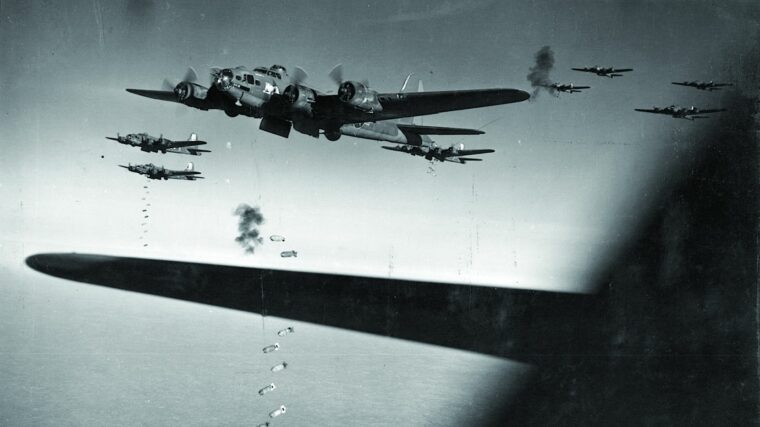
Latest Posts
When does war end and slaughter begin?
That is the question that drives this compelling reexamination of the Allied aerial bombing campaign against Germany during World War II. Read more
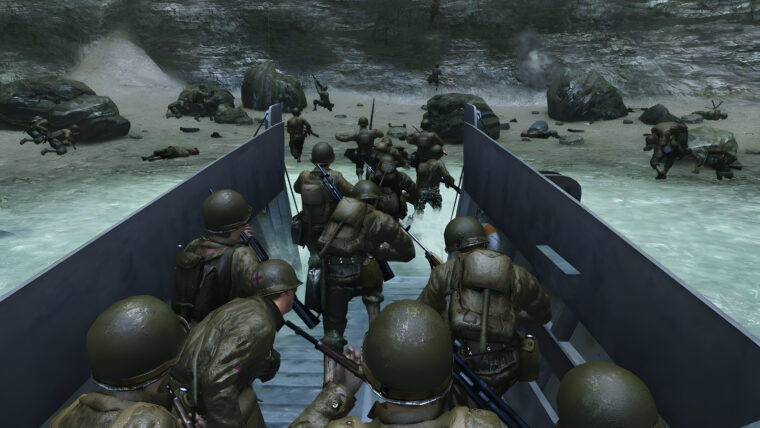
Latest Posts
There are plenty of deployment options out there for full-price retail warriors; those who would gladly plunk down on the latest available war experience on the platform of their choosing. Read more
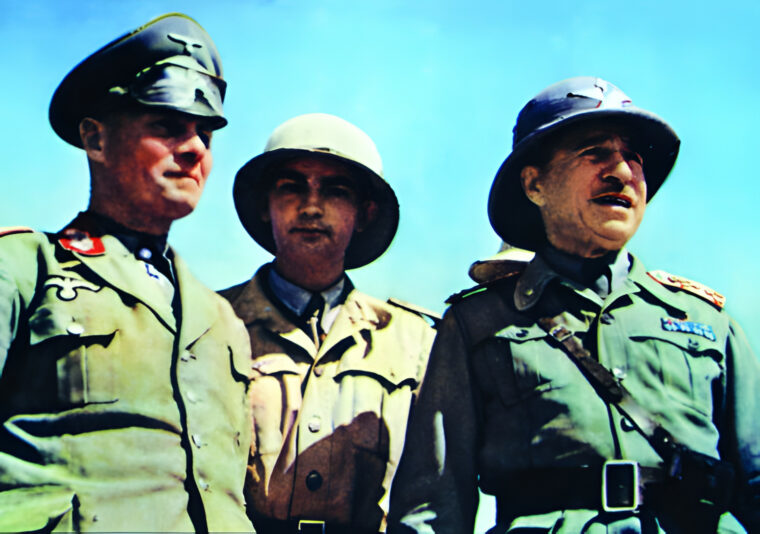
Latest Posts
By Al Hemingway
Much has been written about the battlefield exploits of German Field Marshal Erwin Rommel. His exemplary leadership skills, especially during the North Africa campaign, received unending praise from Adolf Hitler. Read more
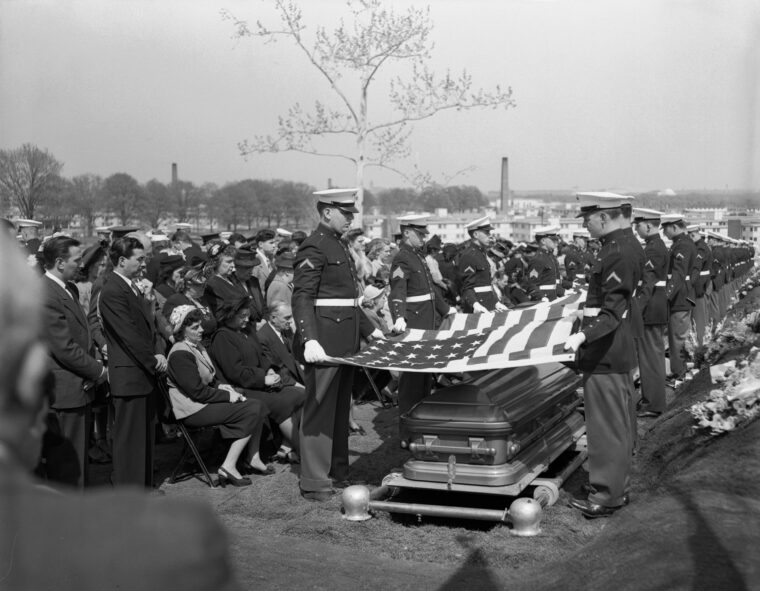
Latest Posts
No one looks like a hero. But when certain men are placed in impossible situations, they rise to the occasion and perform spectacular deeds that defy imagination. Read more
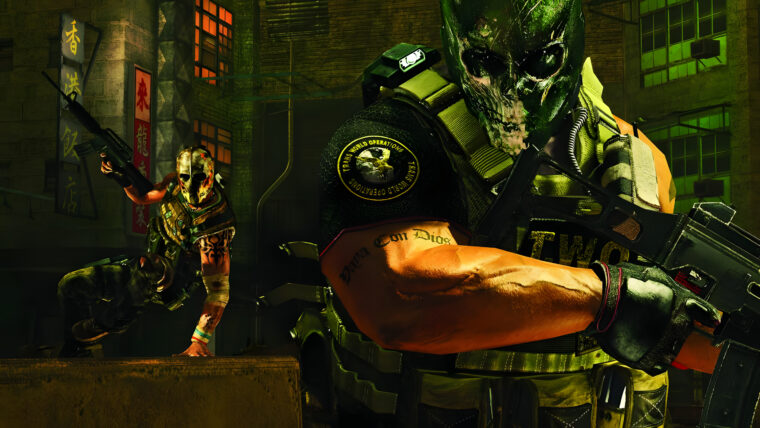
Latest Posts
In the not too distant past of 2008, Army of Two introduced us all to a world of private military contractors, putting the player behind the slightly horrific steel masks of Elliot Salem and Tyson Rios. Read more
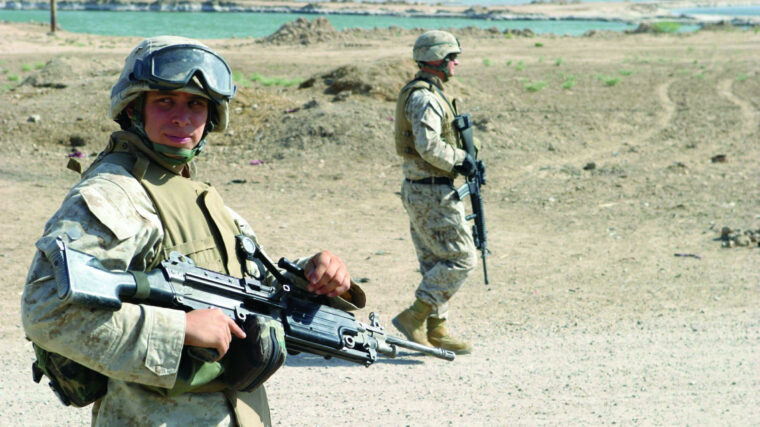
Latest Posts
On the morning of March 31, 2004, in the city of Fallujah, Iraq, the unmistakable sound of automatic weapons fire could be heard. Read more
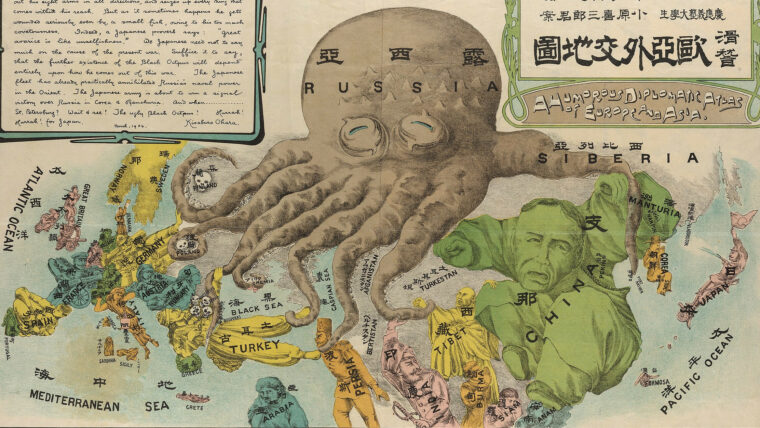
Latest Posts
When most Americans think of Theodore Roosevelt, they conjure the image of the hard-charging Rough Rider at San Juan Hill, the western cowboy in six guns and chaps, the big game hunter in Africa, or the pulpit-pounding orator promising voters to “speak softly, but carry a big stick.” Read more
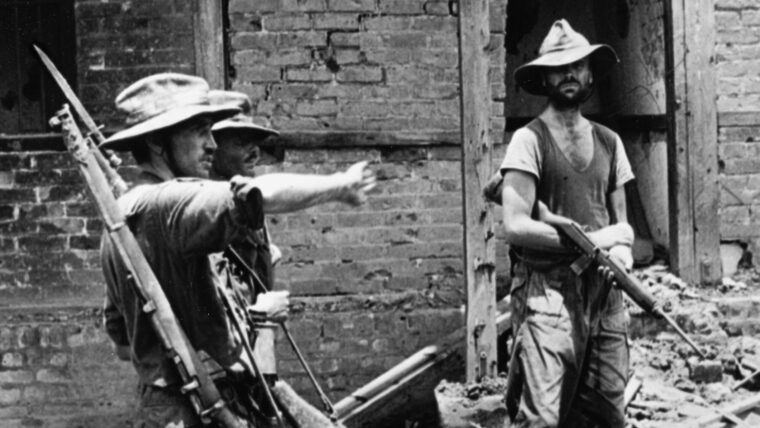
Latest Posts
Controversial, outspoken, and sometimes insubordinate, British Brigadier Michael “Mad Mike” Calvert was also the boldest and most effective commander in Operation Thursday, the daring 1944 British airborne assault on northern Burma. Read more
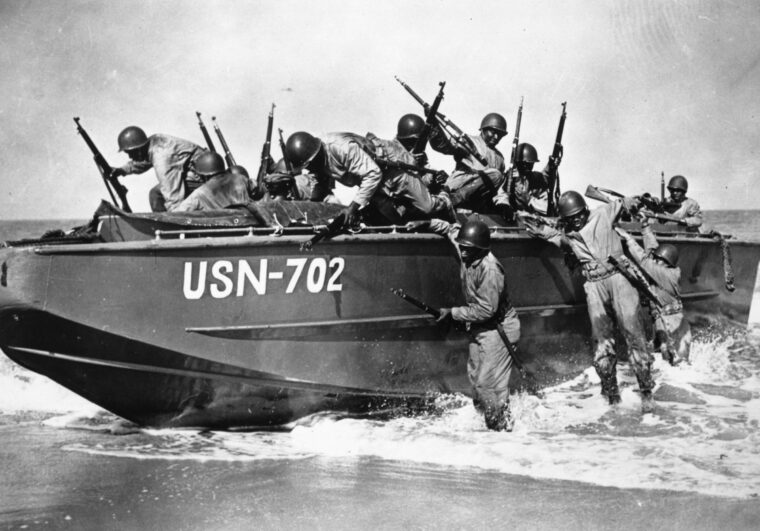
Latest Posts
Welcome to the third issue of WWII Quarterly. We have put together an eclectic (and electric) line-up of features that we are sure will be of interest to all WWII buffs, no matter what your primary area of interest may be. Read more
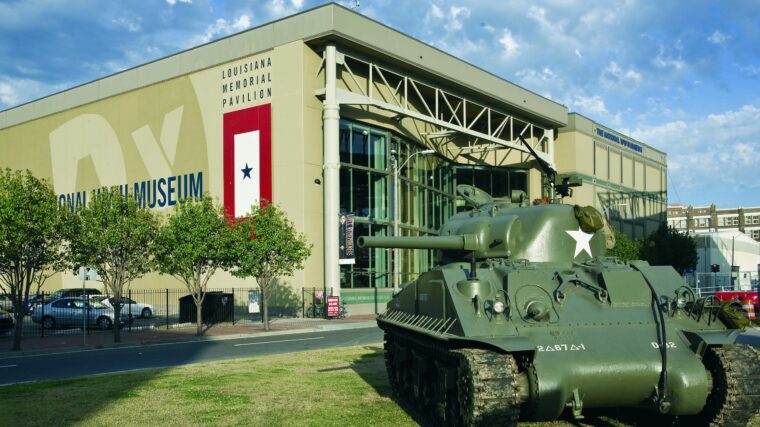
Latest Posts
While some people regard museums as dry, dull, and dusty places, such is not the case with the National World War II Museum in New Orleans, Louisiana, where the full history of the war comes alive. Read more
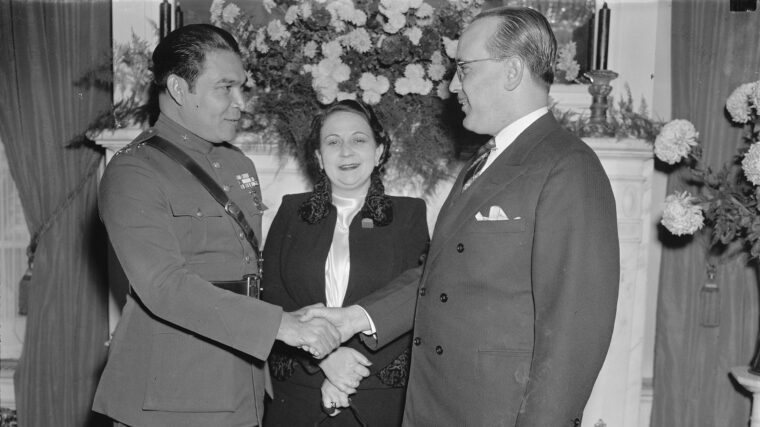
Latest Posts
Dear Editor,
I have been picking up my son’s copy of your magazine and admired the attention to detail and the amount of input from veterans. Read more
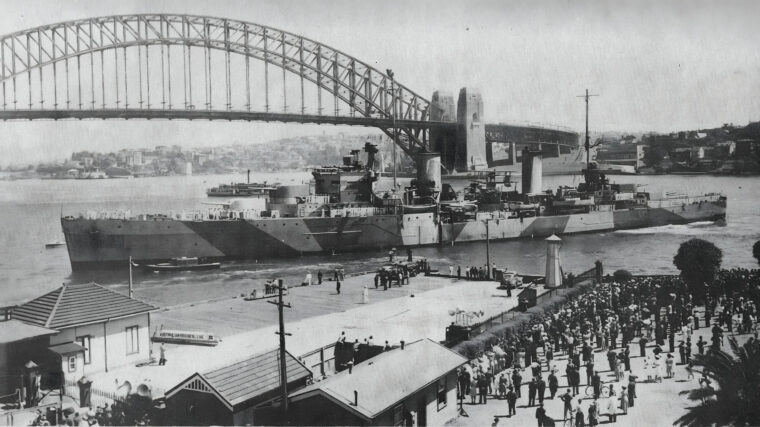
Latest Posts
The worst naval disaster in the history of Australia had been, for decades, shrouded in something of a mystery. The light cruiser HMAS Sydney had been a high profile warship, but not only because she was modern, sleek, and bore the name of a major city—the capital of New South Wales. Read more
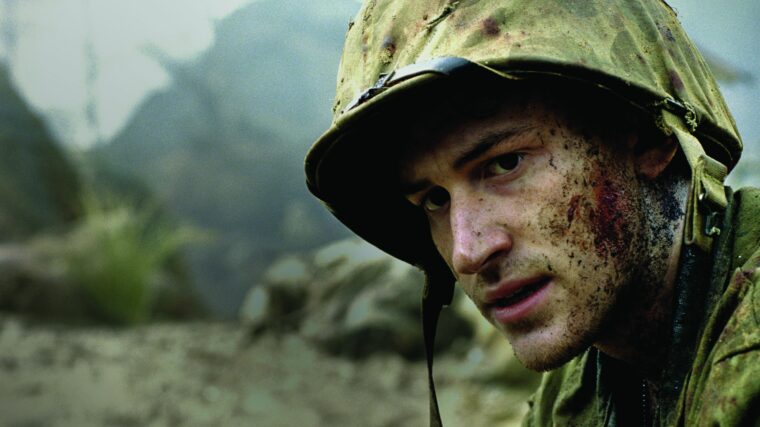
Latest Posts
The beginning of the decade will be remembered for a lot of things, but let us always keep in mind the transformation television made around that time. Read more

Latest Posts
On Sunday morning, October 23, 1983, a large yellow Mercedes-Benz truck was seen approaching the Beirut International Airport. Read more
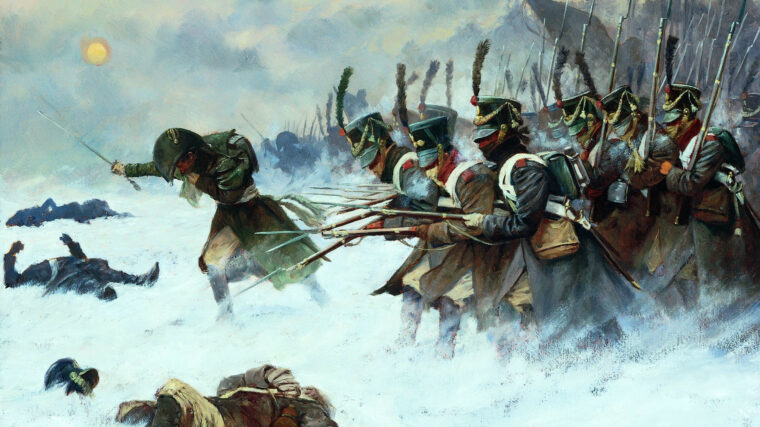
Latest Posts
One of the great tenets of 19th-century historical painting was the idea of plein air art, which called for “truth, naïveté, simplicity, and the impression of the moment,” and insisted that “the soul of the picture is the event, and that the various hats, buttons, bows, spurs, and straps of the costume are not the most important elements.” Read more
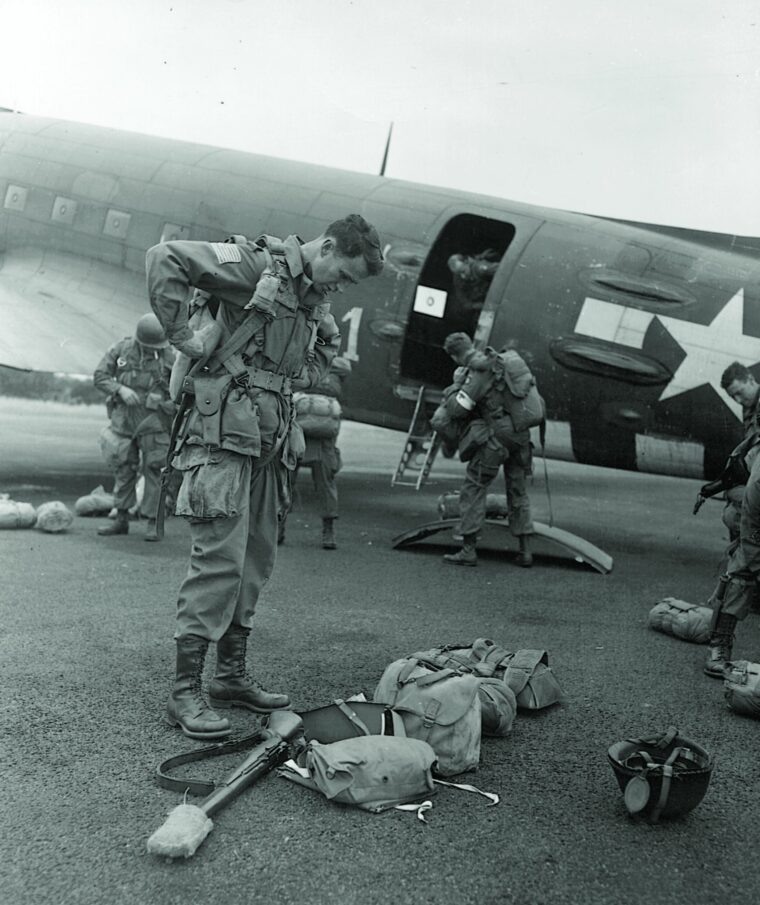
Latest Posts
In this, our second issue of WWII Quarterly, we are pleased to devote much of it to exploring the contributions of the airborne forces––American, German, and British. Read more